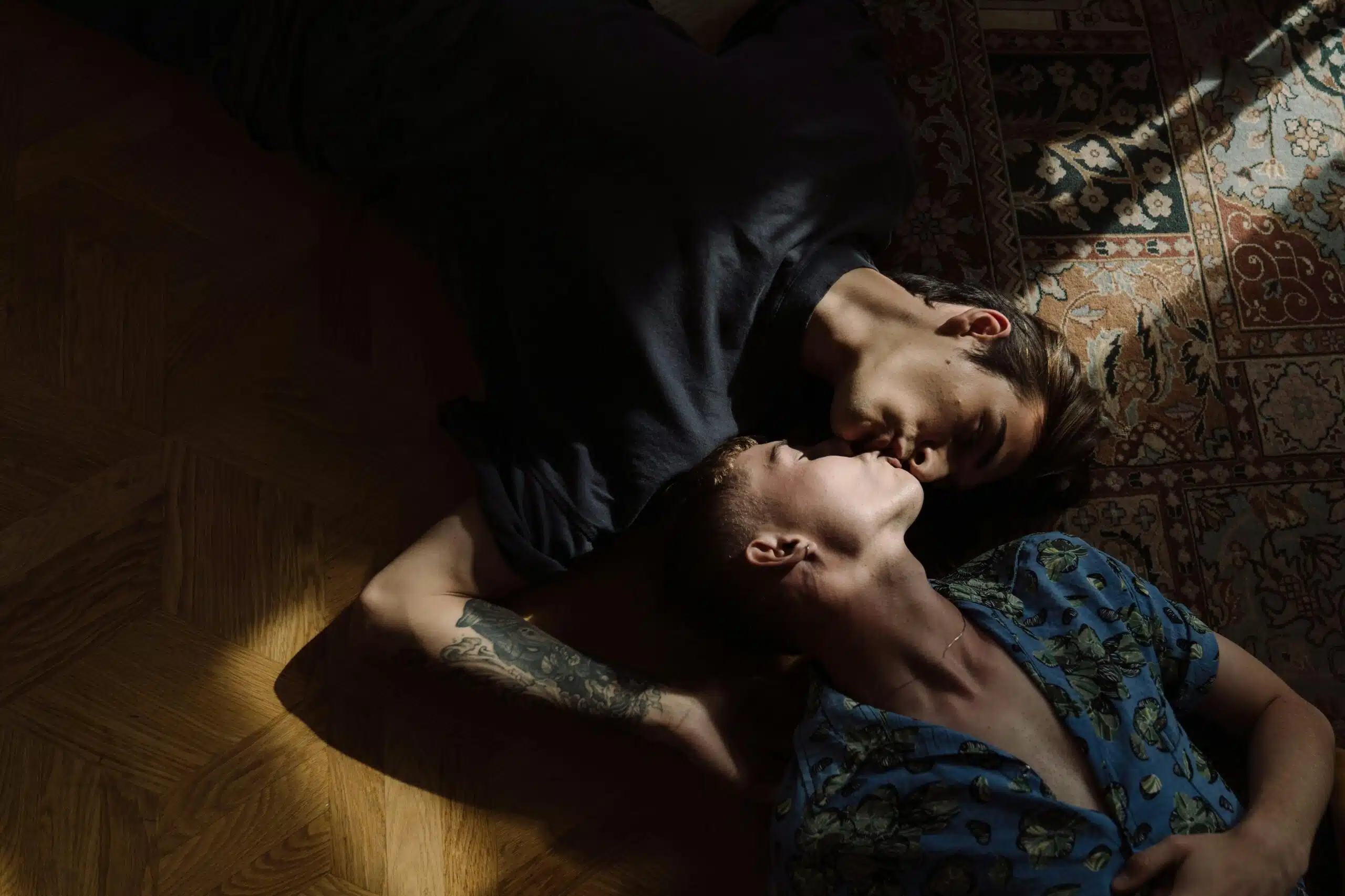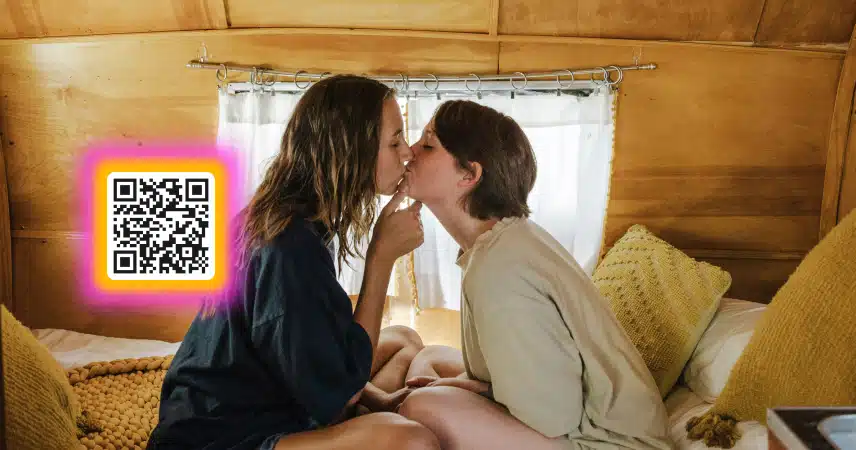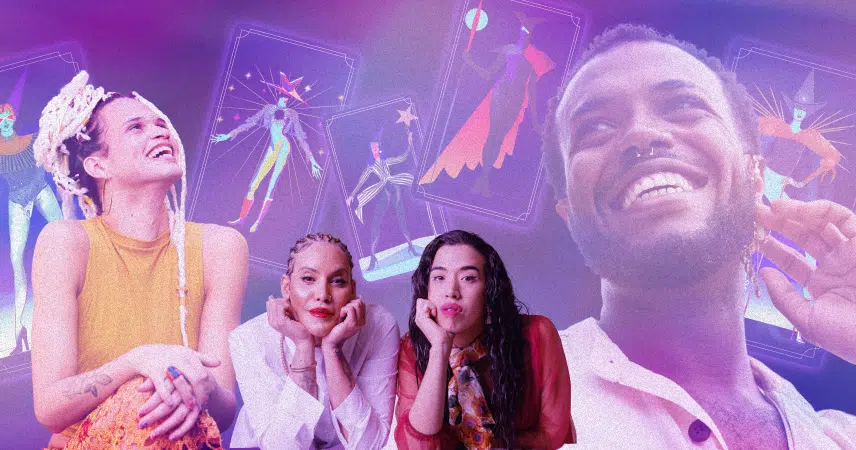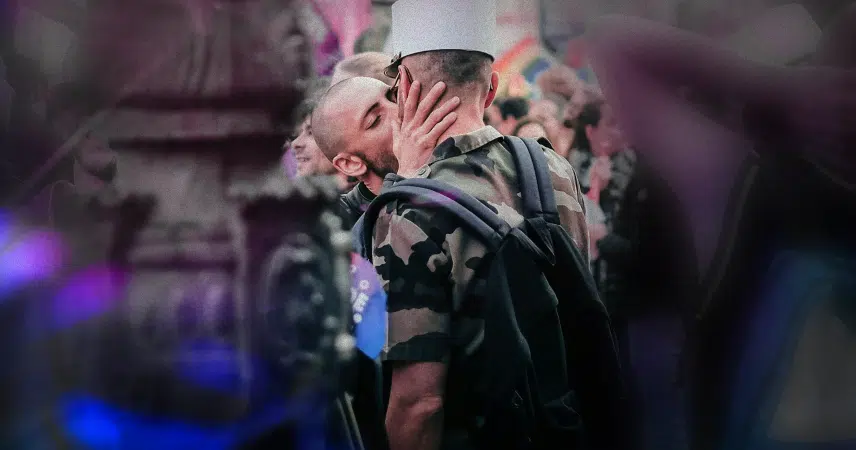
Right now, it’s harder than it has been in decades for queer folks to exist in public spaces. Political leaders are working to undermine LGBTQ+ rights, and those who oppose them are doing little more than offering lip service. Meta, along with other corporations, has rolled back DEI initiatives. The Trump administration is erasing the existence and accomplishments of the LGBTQ+ community from government websites, National Parks, and cultural sites. They are busily stripping away protections against these groups as well. Because of these things, online platforms are stepping up.
Unfortunately, there is no real replacement for the ability to exist authentically, meet, and connect in public spaces. The reality is that this community must adapt, and it is. Queer folks, younger LGBTQ+ youth in particular, are embracing online spaces. A recent study by Hopelab found that 44% of LGBTQ+ youth feel safer online, while only 9% feel safer offline. The Trevor Project reports that 68% of LGBTQ+ youth find online spaces affirming, and that increases to 73% of trans and nonbinary youth.
Online spaces give queer folks a place to connect, make friends, find support, and exist authentically when they may not be able to anywhere else. Love and romance are important components of these connections, and we wanted to understand that better.
To honor International Day Against Homophobia, Transphobia, and Biphobia, we at Taimi surveyed the community to better understand the state of online queer dating in 2025.
Why? Because dating apps aren’t just matchmaking tools. They are evolving into spaces of protection and community. Challenges remain, but our data shows real progress. Let’s talk about it.
Queer Folks Need Safer Online Dating And Apps Are Stepping Up
LGBTQ+ dating apps must offer safety, but they haven’t always provided that. Things are improving, though. In 2022, Pew Research showed that 56% of app users encountered some form of harassment or discrimination. Our 2025 data shows that just 35% experienced the same in the past year. That’s a 21% improvement.
Challenges App Users Face
Things are better for sure, but queer folks still face challenges when they use dating apps. What’s the biggest stumbling block? 37% struggle to find folks with similar values.

More than a quarter of respondents said that fetishization is an issue for them. Broken down by demographics, things get worse. 41.7% of bisexual women and 38.1% of gay men cite fetishization or lack of representation as their top challenges.
Not Made For Us
Less than 10% of LGBTQ+ app users believe that these platforms are designed with them in mind. Nearly 36% stated that queer dating apps are not really made for them. Around 18% say LGBTQ+ dating apps are not made for them at all.

Queer Dating Goals Are Evolving And Vary by Age
Here’s a breakdown of dating goals according to age and preference:
Ages 18–24:
- 28% Are interested in hookups
- 32% Pursue casual datin
Ages 35–50:
- 32% Are looking for hookups
- 38% Seek long-term relationships
When we strip away the demographic divisions, something interesting came to light. 42% of all respondents want a long-term relationship. This contradicts the stereotype that queer dating is always casual.

What Features do LGBTQ+ Users Really Want From Dating Apps

More than a quarter of queer folks want a matching algorithm that addresses their wants and needs. This correlates with the responses indicating that most don’t feel as if queer dating apps are designed with LGBTQ+ folks in mind.
LGBTQ+ users would also love to see better moderation, education on queer dating etiquette, more options for gender/sexuality identity markers, and community events.
Performing Gender – How Users Feel About Online Expectations
People crave spaces that allow them to exist authentically. More than 44% of respondents said they felt discouraged when they are pressured to present more feminine or masculine in online spaces.
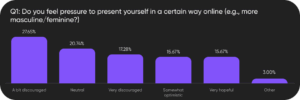
Representation Gaps Still Exist on Queer Dating Apps
Over the years, the Taimi team has learned that the queer community is not a monolith. Representation can’t be achieved by casting a big gay net. There are groups within the LGBTQ+ acronym who don’t see themselves in online dating apps or feel as though they can’t safely be themselves.
- 44% of trans men have obscured their identity online
- 38% of trans man say dating apps aren’t made for them
- 41.7% of bisexual women have been fetishized or experienced a lack of representation
- 38.1% of gay men also cite lack of representation and fetishization
- 36.8% of bisexual men experience fetishization and lack of representation as well
What Our Users Are Saying
Here are some real quotes that come directly from our users.
“I feel safe when I can show my pronouns”
More than 85% who choose to display their pronouns have never hidden their identity.
“When I’m not pressured to look a certain way, I’m just me.”
76% of those who don’t feel pressured to present a certain way have never felt compelled to obscure their identity on dating apps.
Conclusion
Queer folks are counting on dating apps and other online platforms. They need these spaces to be safe and affirming for all. The good news is that things have gotten much better, but there’s still work that needs to be done. Taimi remains committed to doing the work required to ensure that members of every queer demographic feel at home on this app. We hope that other LGBTQ+ platforms do the same.


